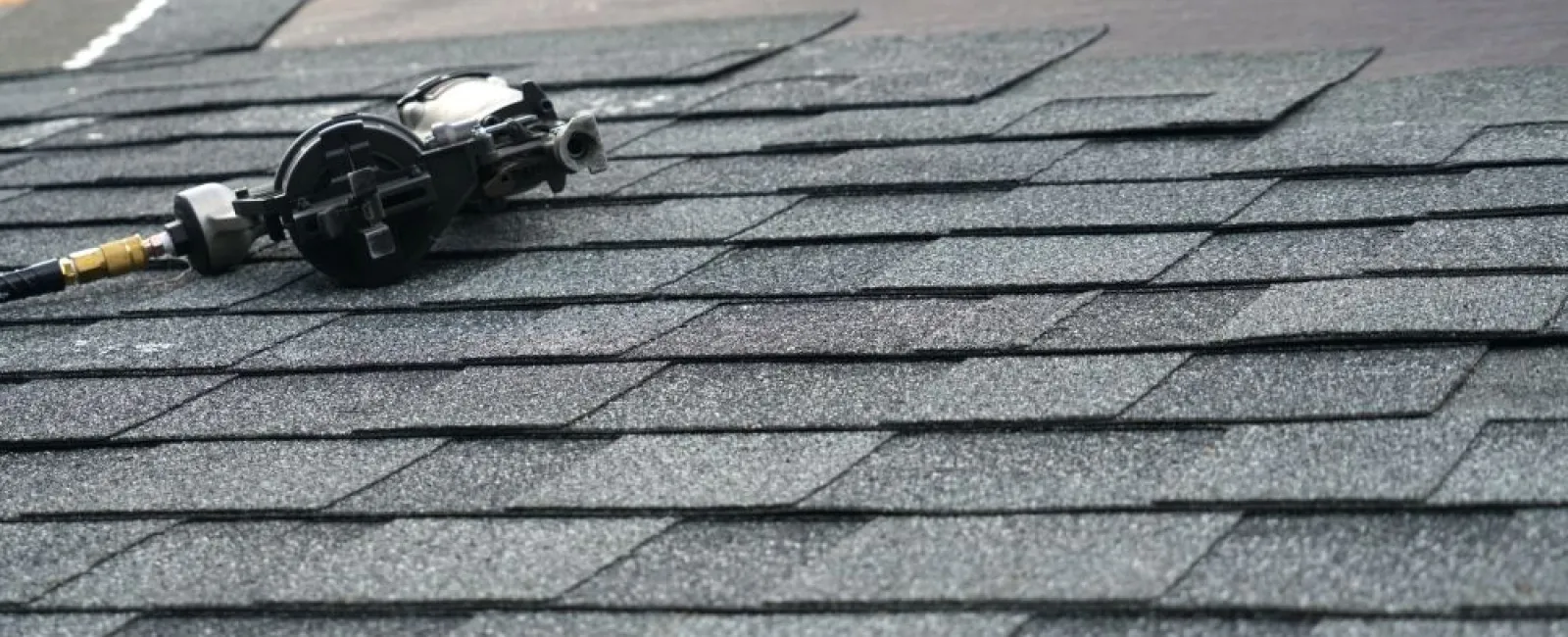The roof is the one part of your home that receives the greatest beating. It endures all weather conditions—from rain to shine to snow—and protects from any falling debris. For that reason, it's important that you maintain your roof well. However, it's not uncommon for homeowners to accidentally make things worse. Here are seven common homeowner roofing mistakes to avoid.
Neglecting Professional Help
When major damage occurs, or you simply aren't experienced with roof repair, the biggest mistake you can make is neglecting professional help. Without the proper know-how, you may worsen your roof's condition or forget important maintenance aspects that prevent leaks or create vulnerabilities. Professional residential roofing repair will save you money and time in the long run by quickly and effectively solving your roof issues for you.
Using the Wrong Shingles
This is typically an issue around the hips and ridges of the roof. These areas require specialty shingles that are thicker and more durable. However, many homeowners don't realize there's a difference. Consequently, they use normal shingles that can't endure the demands of the roof.
Installing Starter Courses Incorrectly
Similarly, incorrectly installing starter courses will allow water to easily penetrate your roof. A starter course should be double-layered and staggered to provide an effective shield from water, whether that be from rain, snow, or ice.
Installing Flashing Incorrectly
Flashing also protects your roof from water damage, but it focuses on protecting the most vulnerable areas of your roof. Of the common homeowner roofing mistakes to avoid, this can be the most damaging, as vulnerable areas can become exposed and damaged.
Improper Shingle Attachment
This is another symptom of amateur DIY roof repair. The nails for shingles need larger caps to keep them in place. Furthermore, if the nail gun's pressure is too high, it's incredibly easy for the nails to rip through and ruin the shingles, making them entirely unusable.
Not Enough Ventilation
If heat and moisture can build up in your attic, your roof's underside can become damaged and rotted. This is typically a bigger problem for older homes, and you may need professionals to come in and make modifications.
Not Enough Insulation
On the other end of the spectrum, not enough insulation will allow heat to escape through the roof and make it difficult to control your home's climate. The opposite can also happen, with heat and cold entering your home through the roof.

